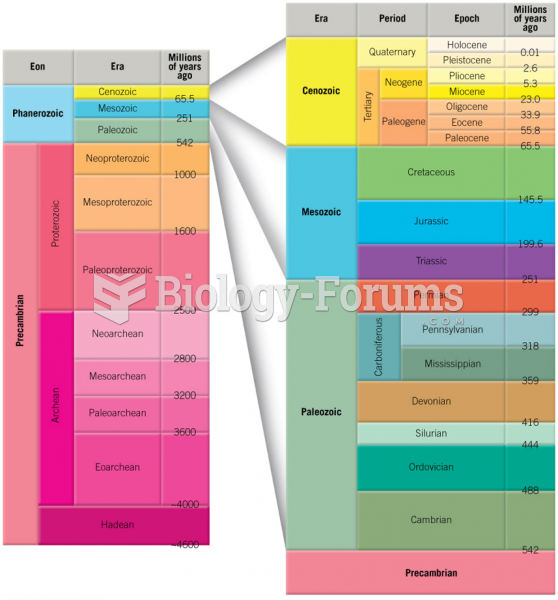|
|
|
Did you know?
In 2010, opiate painkllers, such as morphine, OxyContin®, and Vicodin®, were tied to almost 60% of drug overdose deaths.
Did you know?
Medication errors are more common among seriously ill patients than with those with minor conditions.
Did you know?
The FDA recognizes 118 routes of administration.
Did you know?
Complications of influenza include: bacterial pneumonia, ear and sinus infections, dehydration, and worsening of chronic conditions such as asthma, congestive heart failure, or diabetes.
Did you know?
On average, the stomach produces 2 L of hydrochloric acid per day.







